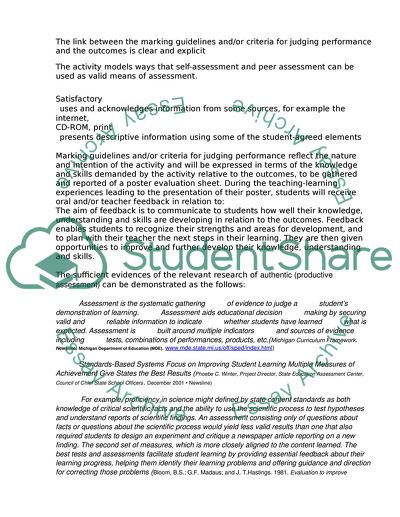Cite this document
(“The Step in the Design of Effective Teaching and Learning Programs Essay”, n.d.)
The Step in the Design of Effective Teaching and Learning Programs Essay. Retrieved from https://studentshare.org/education/1534952-editing-productive-assessment
The Step in the Design of Effective Teaching and Learning Programs Essay. Retrieved from https://studentshare.org/education/1534952-editing-productive-assessment
(The Step in the Design of Effective Teaching and Learning Programs Essay)
The Step in the Design of Effective Teaching and Learning Programs Essay. https://studentshare.org/education/1534952-editing-productive-assessment.
The Step in the Design of Effective Teaching and Learning Programs Essay. https://studentshare.org/education/1534952-editing-productive-assessment.
“The Step in the Design of Effective Teaching and Learning Programs Essay”, n.d. https://studentshare.org/education/1534952-editing-productive-assessment.


